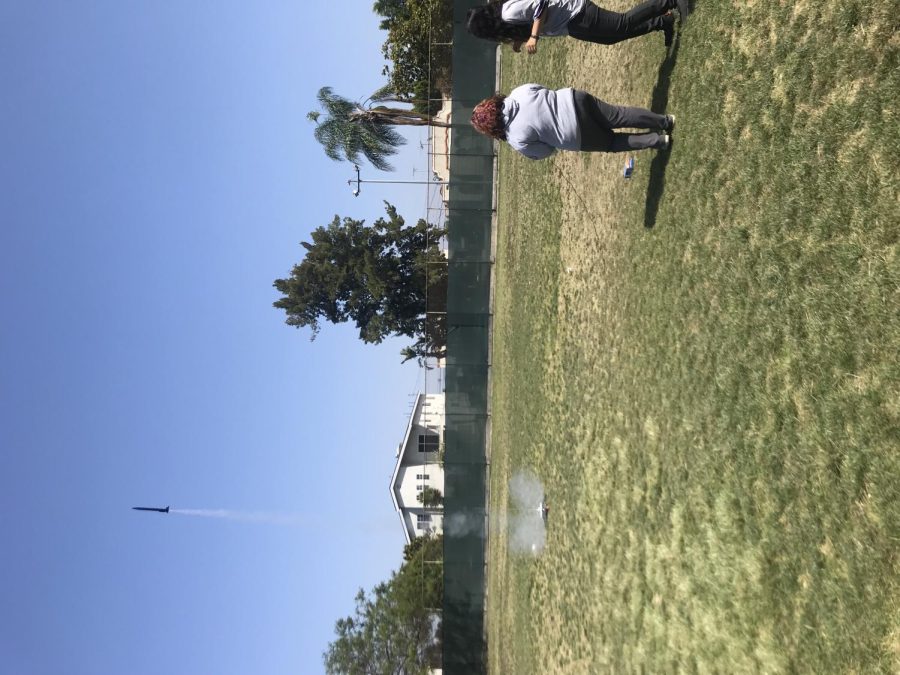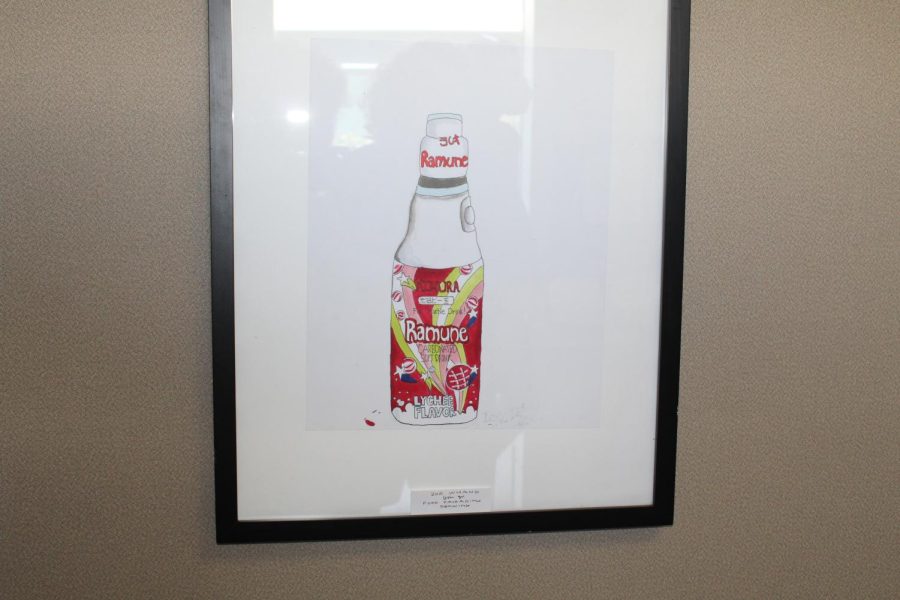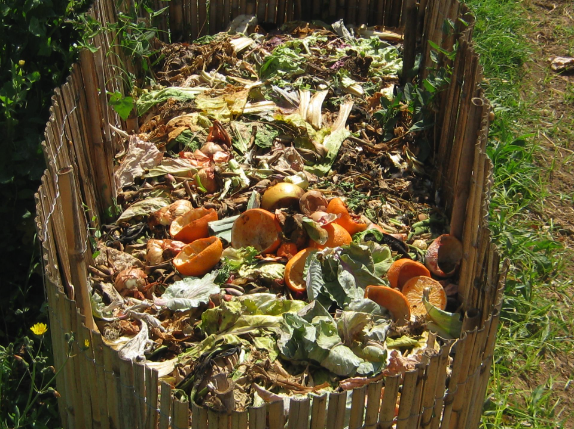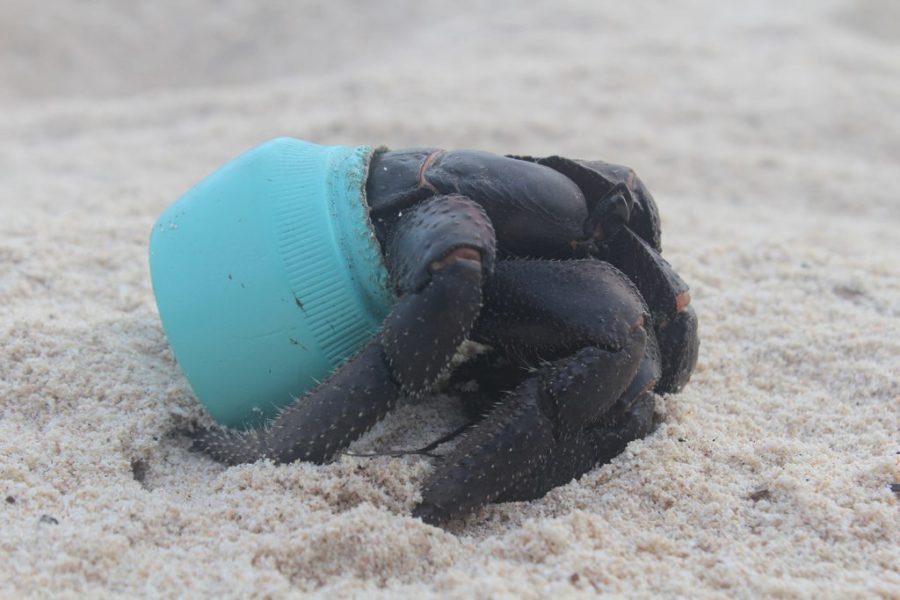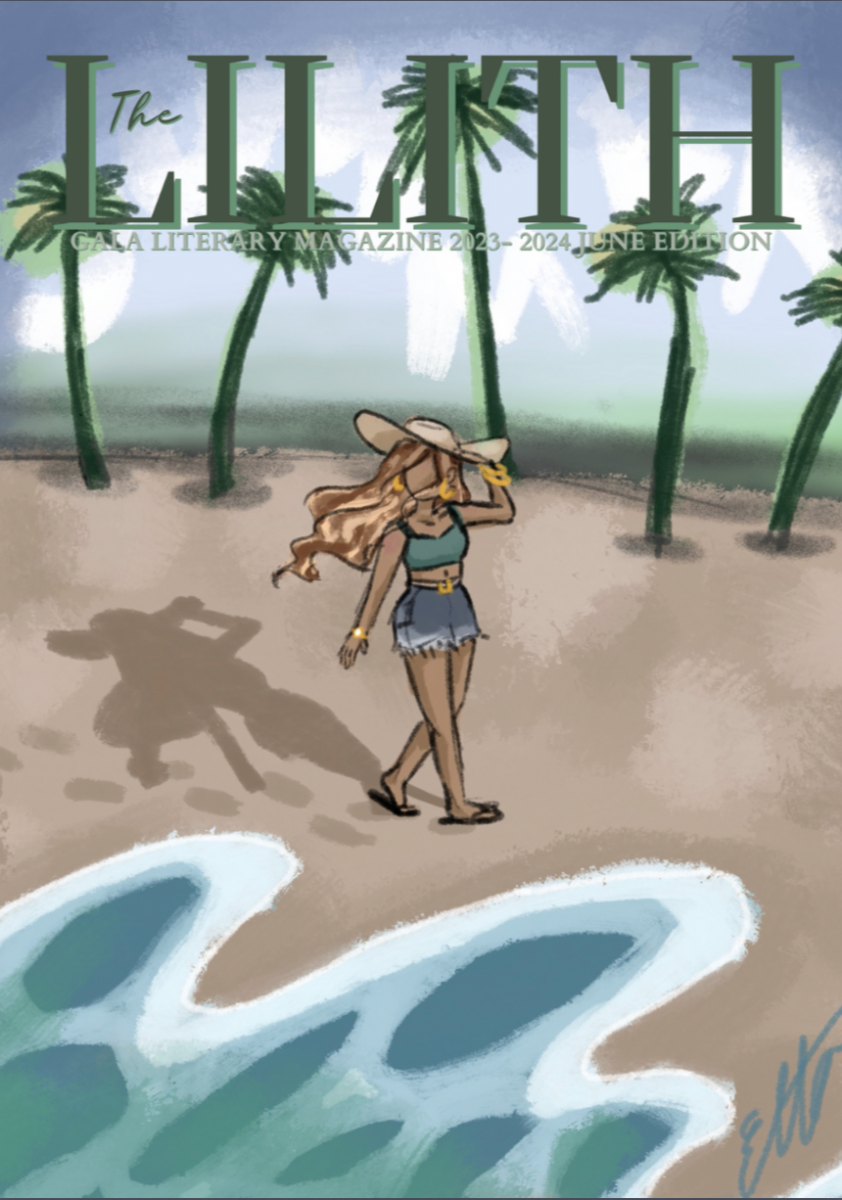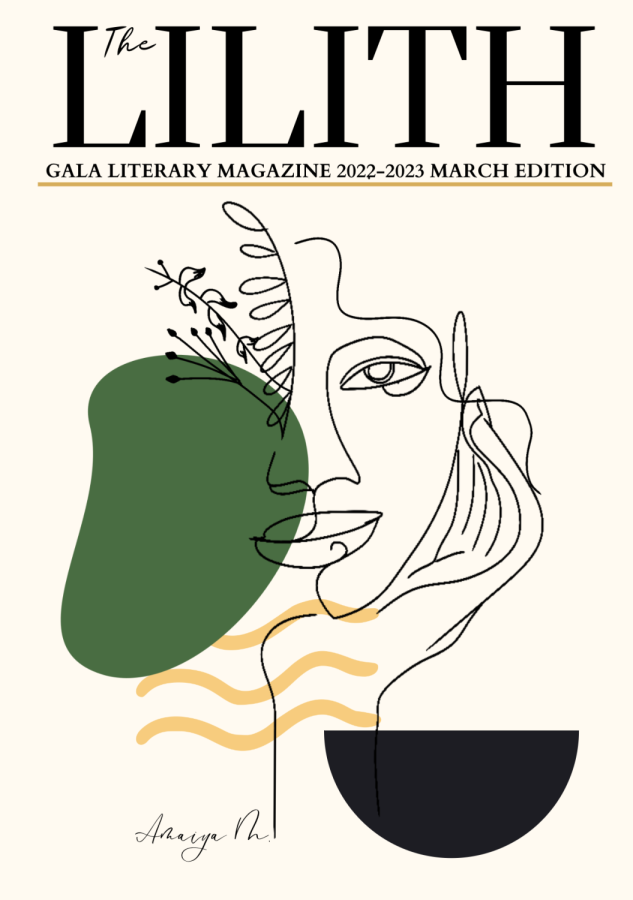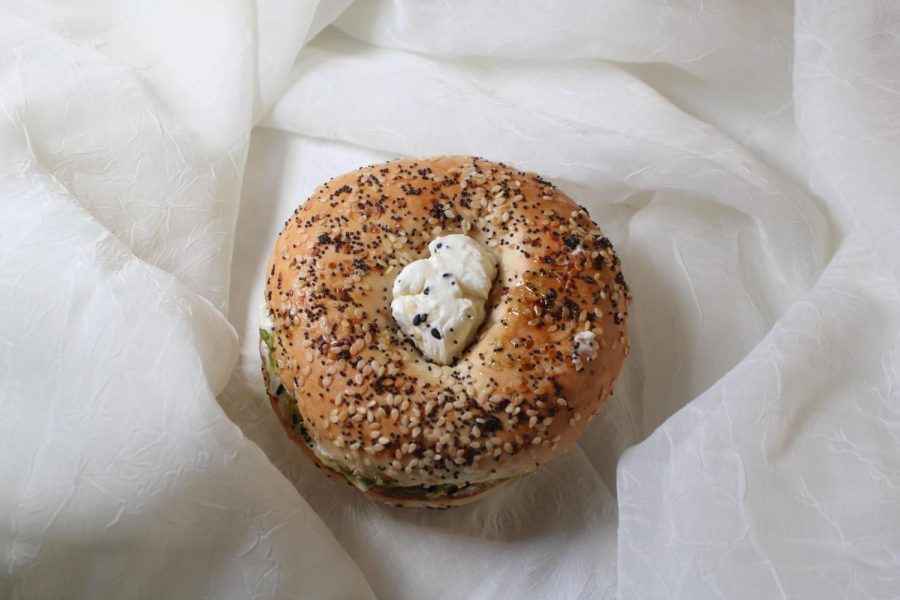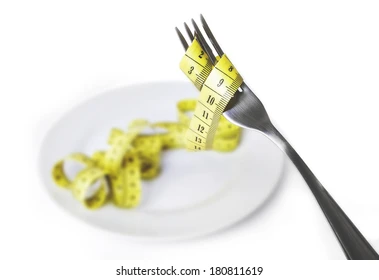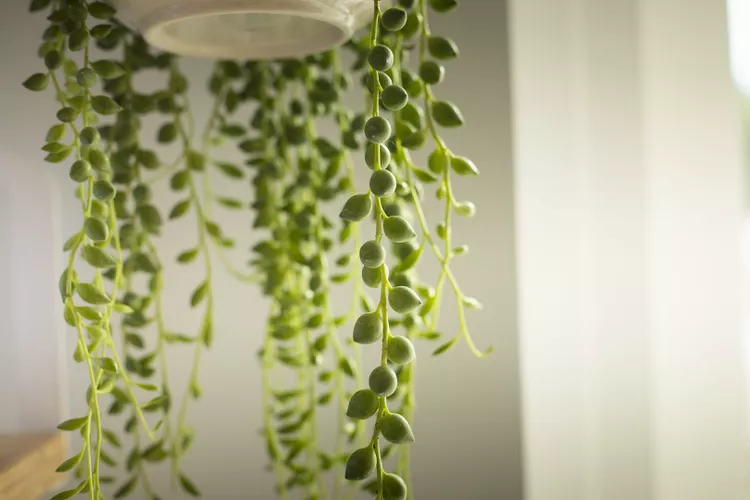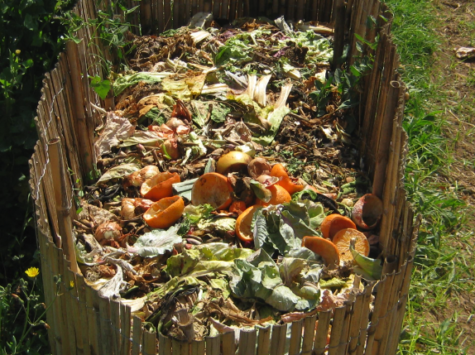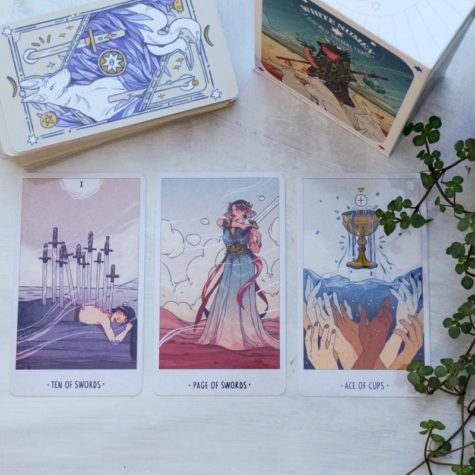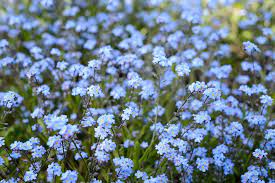Plant Spotlight: String of Pearls
The string of pearls is a great addition, or beginning, to your indoor garden. It’s an easy plant to care for, beautiful, and also fascinating.
Its scientific name, Senecio rowleyanus, is a little… interesting. Part of the Asteraceae family, the plant is a native of South Africa, where it grows along the ground. It is incredibly common for the string of pearls to live indoors but can also be successfully grown outdoors.
A string of pearls can grow from 30cm to 90cm. When grown in the right conditions, it will grow small white flowers and form pea-shaped leaves. When considering the soil for this plant, regular potting soil is not a good choice. Instead, using a cactus potting mix is best for the string of pearls as it will offer a well-draining soil.
It is best to place your string of pearls in a wide dish-like pot to allow it to extend itself as if it was in its natural habitat. People typically cut a part of the string of their plant and replant it into the soil to make the growth of a long and flowy plant quicker. It’s best to do this before it has fully developed.
The string of pearls doesn’t need much watering. In fact, it can survive one to two weeks of no watering after being watered for a week. When watering, it’s best to let the soil dry halfway through the process. It’s best to keep this plant in direct sunlight when the sun is mild, but move the string of pearls to non-direct sunlight in hotter afternoons. Ideally, keep your plant in warm temperatures above 70 degrees Fahrenheit during the spring and fall. The string of pearls is known to not like humidity so keeping it in a dry area is ideal.
There are a couple of things you need to look out for in this plant. If your plant’s leaves are shriveling or drying out, it could mean your plant is underwatered or overwatered. If you start noticing your leaves turning purple and have mushy stems, this means you have been overwatering your plant. It’s best to let the soil completely dry out to fix this problem.
When your stems are becoming leggy and thin, your plant has not been getting enough sunlight. Removing the thin stems and putting the plant in direct sunlight is the best solution. The string of pearls is actually toxic to pets and humans, as the sap of the string of pearls makes it poisonous. So, keep this plant in a safe location away from children and pets.

Daisy is a freshman at Girls Academic Leadership Academy. She has been in journalism for 2 years and has the position of Jr. Learn Something Editor. ...





